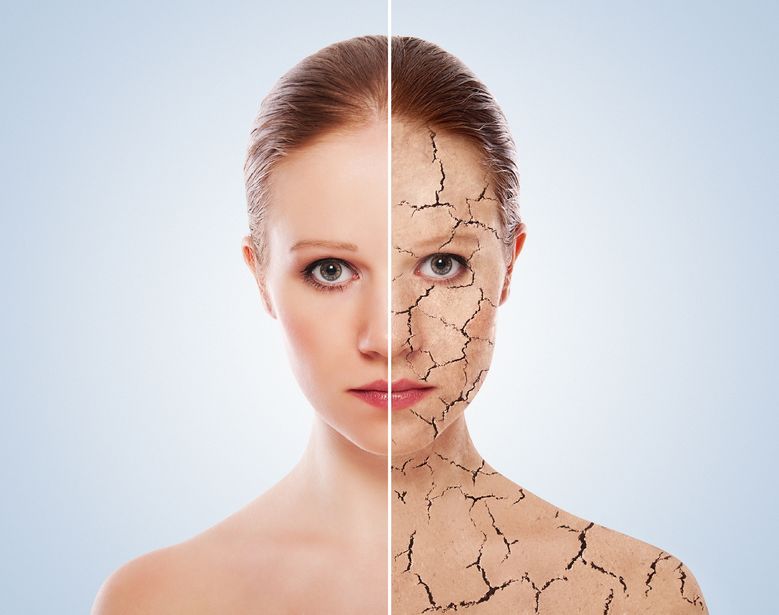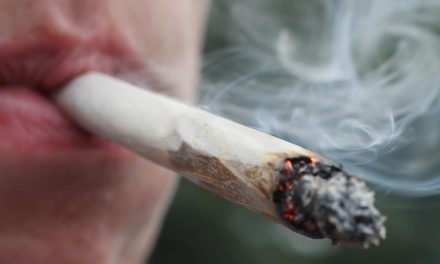
Skin Care Products More Toxic Than Food
The skin is the body’s largest organ. And it’s ravenous.
People are wearing patches that pump nicotine and birth control into their bodies. If the skin is an effective conduit for medicines, it’s also wide open for toxins.
What’s unfortunate is that many toxins meeting your skin are applied by choice, particularly cosmetics.
According to the Environmental Working Group, the average woman uses 12 “beauty” products per day, containing about 168 ingredients.
Gloria Aparicio, a representative of NYR Organic Skin and Body Care, a natural cosmetics company, has a top five list of additives that some studies have found questionable: parabens, phthalates, BHT and BHA, petrolatum, any kind of synthetic fragrances, and DEA.
Pause here to Google.
It may be cliché, but if you have to have a degree in chemistry to pronounce the ingredient, stay away, said Sayer Ji, founder of GreenMedInfo.com and co-author of “The Cancer Killers.”
Ji stressed that consumers need to be at least five times more aware of a skin care product’s toxicity than that of food. Once you apply a cream, powder, deodorant, soap, shampoo (keep going), they are not filtered by the body’s digestive system. They penetrate the skin and hit the fat stores and blood and lymphatic systems, he said.
Check out ewg.org. Its Skin Deep database rates thousands of products for toxicity. While you look up your cosmetic collection, consider a few tidbits:
• Sunscreen is deceptive. Sunscreen doesn’t prevent all skin damage, and a higher SPF can create a false sense of security that lengthens your time in the sun.
If you feel you must block the sunlight, or are particularly sensitive, consider staying out of the sun between 10 a.m. and 2 p.m. Don a jaunty, wide-brimmed hat, a long-sleeved linen shirt, a long skirt (or loose pants) by day. When you walk, the light fabric creates a breeze. Even while swimming, wear a lightweight long-sleeved shirt, and reapply a lower SPF, EWG-recommended sunscreen hourly to all exposed skin.
• Sweat is sexy, even in your armpits. The body needs to sweat to disburden itself of toxins. Choose an aluminum-free deodorant and make sweat puddles a fashion statement. It’s Florida. You’re probably wearing them already.
• If your body stinks, clean house. Remove animal fats from your diet, and fill up on fresh vegetables. Eat colon-cleansing foods, and keep the flow moving. Alcohol, cigarettes and narcotics will age you faster than having children. How fresh and healthy you look actually depends more on your diet and lifestyle choices than on the colors you slather on your skin and hair. And who said gray hair wasn’t beautiful (and cheaper)? Now …
• Less is more. If you wear less makeup, not only are you reducing the 168 ingredients per day, you’re ending the cosmetics vicious cycle. The more makeup you wear, the more you distress your skin. Foundation makeup is clowny (sorry), and if you are compelled to wear blush, get some natural pink in your cheeks with some walks in the fresh air. Take off your mask from time to time. You’ll like what you see.
• Finally, consume commercial-free media. All advertising stalks your insecurities, particularly ads in fashion magazines. Everything we take in through our senses is food; it’s either nourishing or toxic. Being bombarded by computerized beauty images is a diet of lies.
• An aside to women: The exterior doesn’t matter so why not change it? But cosmetics dance on a troublesome razor. Women will say it enhances their natural beauty or covers a flaw or two. But this is a social construction. Advertising and socialization whisper that in order to be beautiful a woman needs augmentation.
Is your cosmetic use embracing or rejecting who you really are? Only you know.
For more information, visit greenmedinfo.com, ewg.org, or us.nyrorganic.com/shop /bella.











